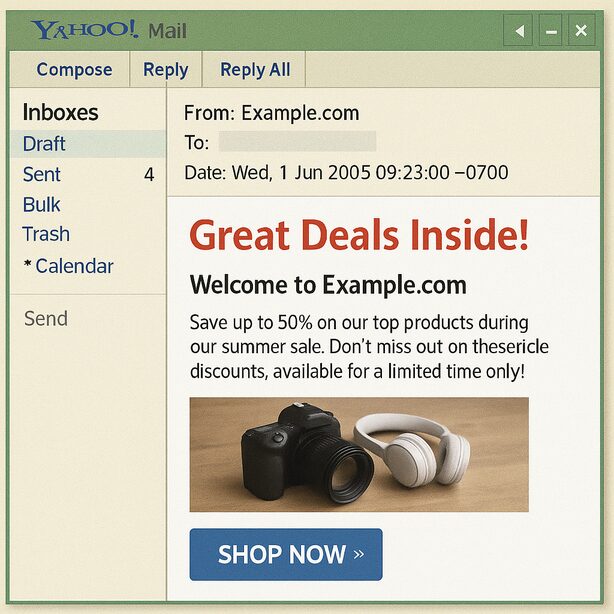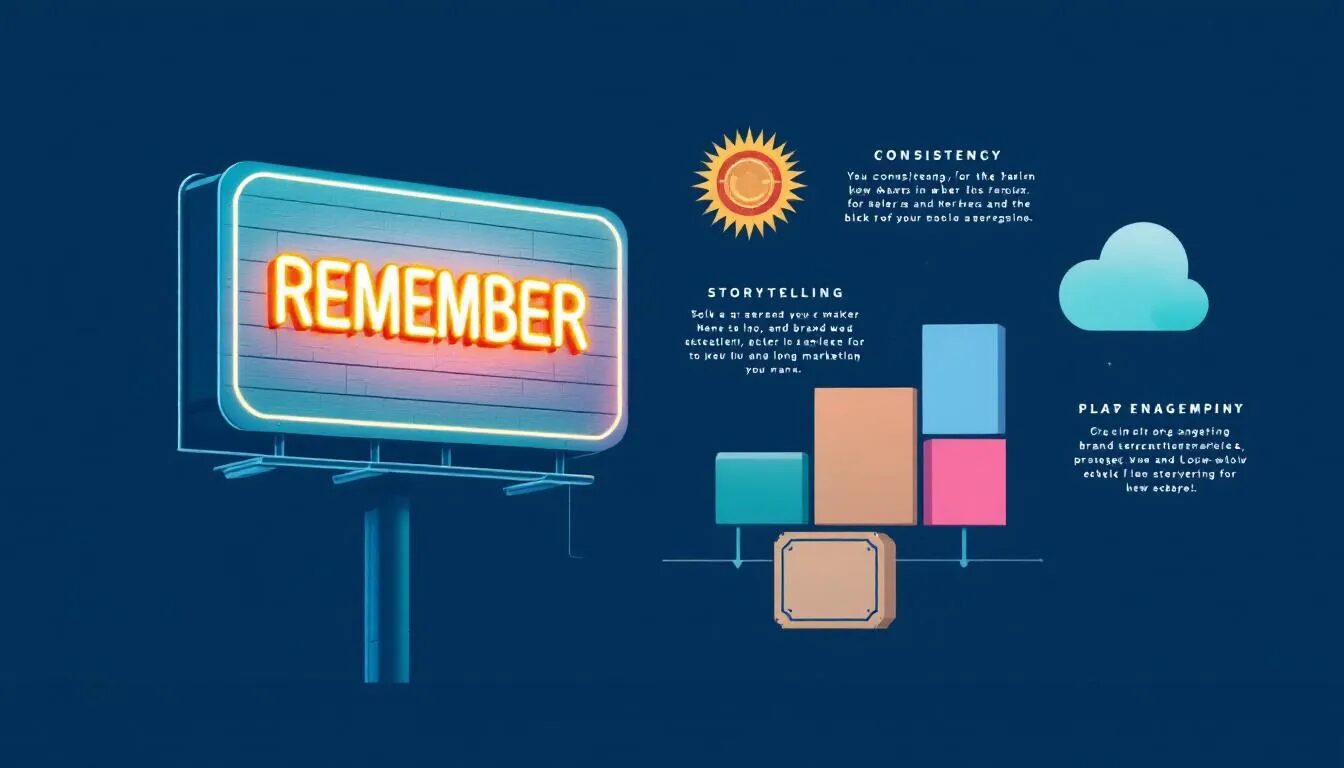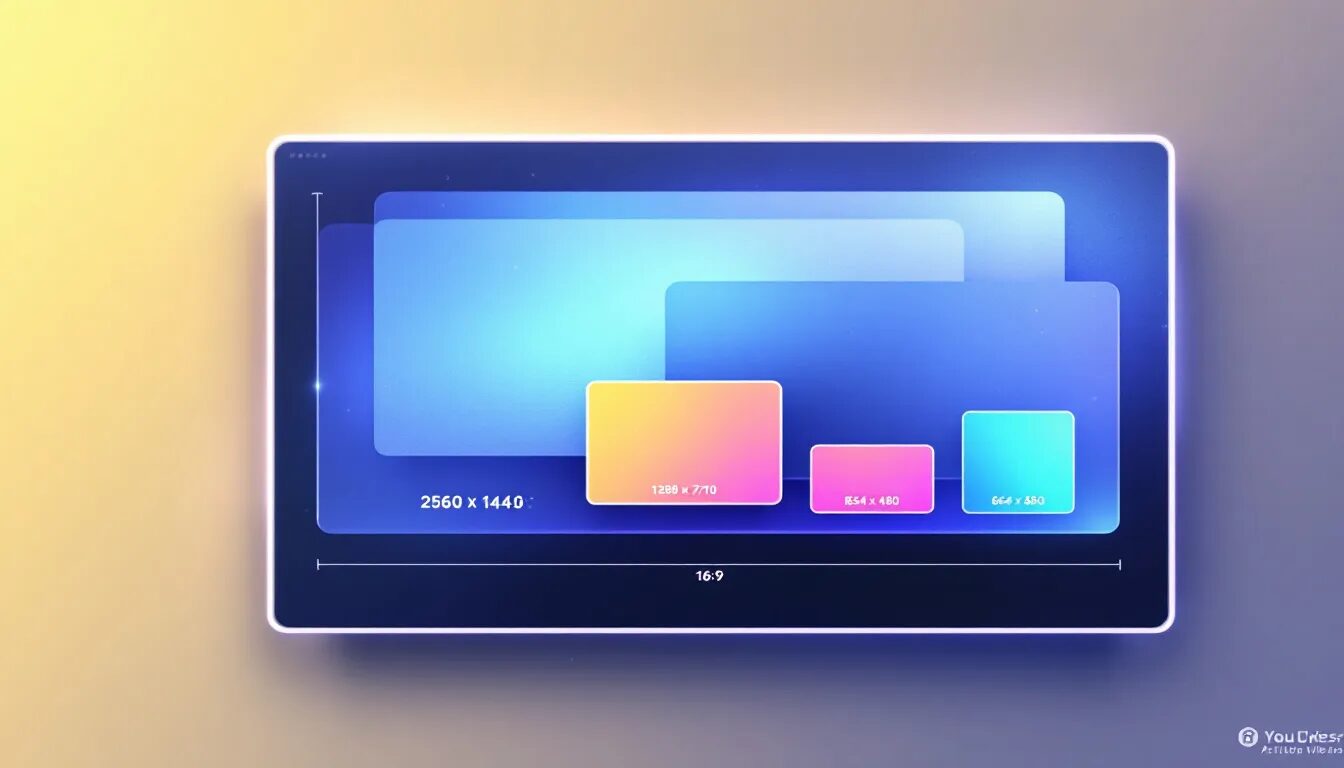
Content Strategy For Slow Experiences
On a sunny Monday afternoon, the Skadeedle crew settled in to listen to the Whoa Nellie! Content Strategy for Slow Experiences (#slowCS) session at SXSW Interactive. The session was presented by Margot Bloomstein (@mbloomstein), the author of Content Strategy at Work: Real-World Stories to Strengthen Every Interactive Engagement and principal of Appropriate, Inc., a Boston-based brand and content strategy consultancy.
The premise of Bloomstein’s presentation was we often associate fast and efficient with good. But, is there a time and place when slow and steady content wins the race?
When people think of what’s “slow” it’s the frustrating experiences (that was horrible and it took forever). What’s fast? Delightful experiences. For example, at Disney World there’s a ride called Test Track. It’s a popular ride and with that can come long lines. But, while people are waiting, they aren’t just standing there bored and getting annoyed. They are able to interact with kiosks that allow them to design a car, make a 15 second commercial, or even take a car for a virtual spin. What this does is use content for the power of good. While folks are waiting they are engaged, anticipating, discovering and creating memories. And, instead of being bored and frustrated, they are invested in the experience. The time is turned into an experience. Bloomstein was careful to point out that, of course, not every experience is like this. Say for instance you are an e-commerce retailer and your customer is just trying to make a small transaction. In those cases, it’s fine to get out of the way and let them do it without a bunch of content getting in the way. But not everything is like that.
Can you think of a time when you were so immersed in compelling, interesting content that the time just flew by? How often have you gone to watch a video on YouTube and before you realize it, 30 minutes have passed? If done well, for the right reasons, customers can appreciate slow experiences because they are engaged, anticipating, discovering and creating memories.
Slow content strategy encourages:
- Exploration and discovery
- Deliberate choices
- Focused attention
Let’s look at some examples of companies that use content for these purposes:
Crutchfield– If you’re looking to buy a car stereo or a fully loaded camera, chances are you’re going to want a decent amount of information before you pull the trigger. Crutchfield delivers. They’ve got heaps of product information so you can be confident in your choice. They don’t want to speed you through the process because they want you to make a deliberate choice that you will be happy and satisfied with.
REI – REI also provides you with plenty of content to support your purchase decision. Let’s say you want to go hiking or backpacking with your dog. They not only will give you a comparison of the different types of backpacks you can use with your dog, but they also give you instructions for how to put the backpack on, great places to go hiking and more. The buying process is an experience that taps into the lifestyle that REI customers live.
Patagonia – Bloomstein cited Patagonia as being best in class for using content for slow experiences. Like REI, the Patagonia customer is about a lifestyle of being active in the outdoors. When you visit the home page of Patagonia, they don’t hit you over the head with their products. Instead, they slow you down with a breathtaking image of nature. The point is to say, “be here now” and focus your attention. It allows you to be present so you can explore and discover and make deliberate choices when you decide to buy. When you visit their environmental blog, there are no pitches or product recommendations.
Bill Boland from Patagonia says,”We stay as close to our core market as possible. Buy less stuff and make sure what you buy lasts.” Boland further states,” It doesn’t help sales goals and ROI, but it’s about something we enjoy and the people we build clothes for enjoy.” Simply put, Patagonia’s editorial style matches the need of their users who are investing time in their purchase decision.
What are your thoughts on using content to slow down and focus attention? Does slow and steady work for your biz?
P.S. You can grab the slides from Bloomstein’s presentation here.
© 2013 – 2018, Contributing Author. All rights reserved.



